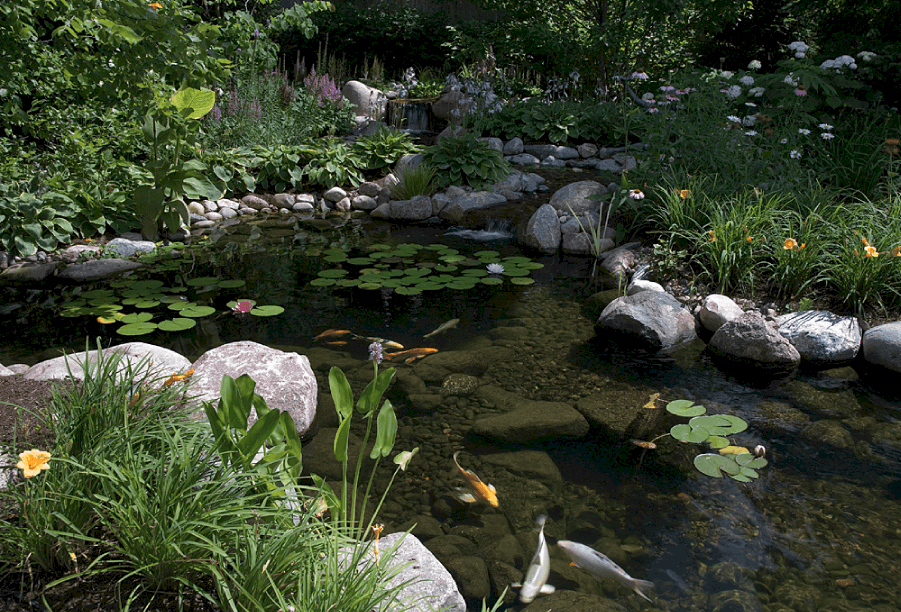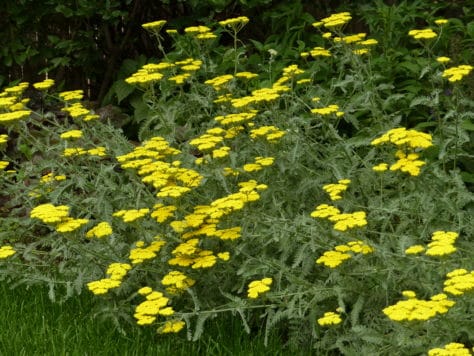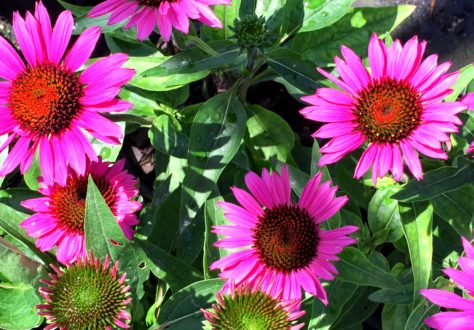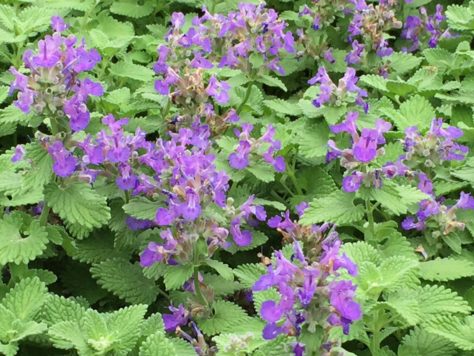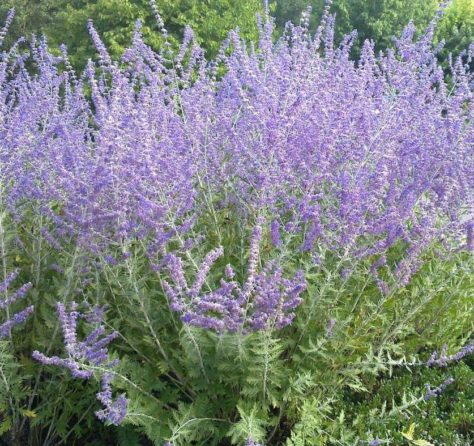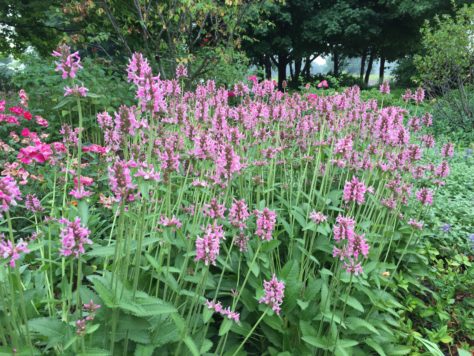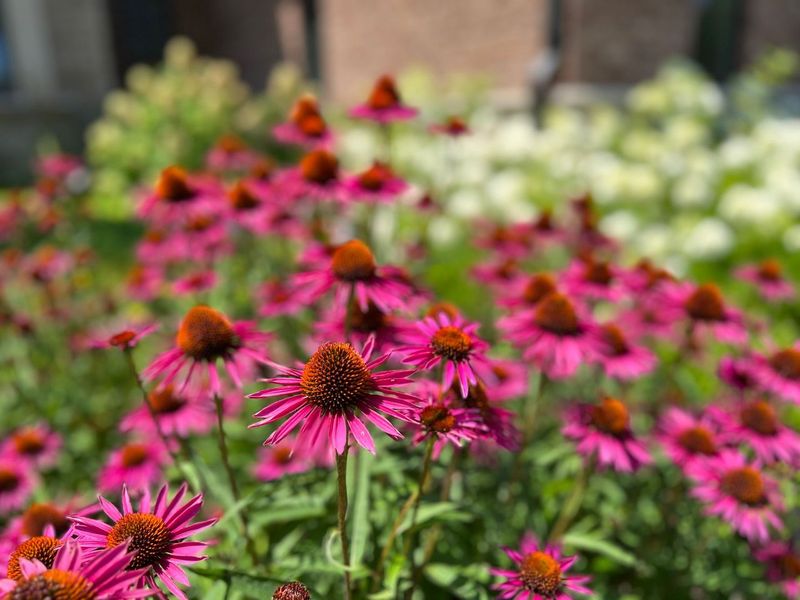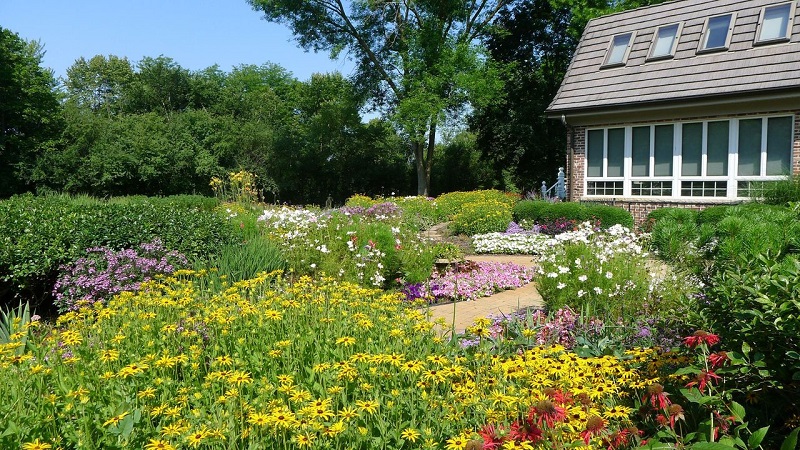August is typically the hottest and driest month of summer. So even though the Midwest has had a pretty mild summer thus far don’t forget to water your landscape.
It’s not necessary to water lawns and plants every day. As a general rule, more plants are killed through over-watering than under-watering.
Established trees, shrubs, and perennials need approximately 1 inch of water each week. An easy way to determine if your landscape has been getting enough water is by investing in a rain gauge. Mother Nature is the best provider of water to your lawn but she doesn’t always comply with our wishes. When we are getting less than an inch of rain a week (or none in some cases) then it’s time to supplement additional moisture.
Water deeply and thoroughly, not daily. Frequent, shallow watering causes plants to produce shallow roots that cannot survive the heat and dry conditions of mid-summer months. Watering deeply and infrequently causes plant roots to grow deeply into the soil in search of the water, resulting in deeply rooted, more drought resistant plants.
The optimal time for watering is in the morning, this allows the turf grass to dry out before night time avoiding possible disease problems. Also be aware of plants that are prone to fungal diseases, such as roses and lilacs and try to avoid overhead watering.
By taking the proper steps to maintaining your landscape you’ll be helping your plants to grow more vigorously, thereby creating a strong plant that will survive our Midwest winters!
